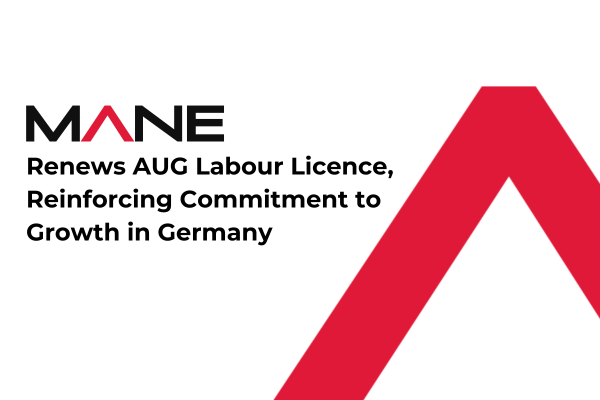Can we expect a revival of the UK oil and gas industry?
13 Dec, 202210 minsAccording to an update by IC Alpha, there is an investment opportunity for western economies...

According to an update by IC Alpha, there is an investment opportunity for western economies to move away from fossil fuels supplied by Russia. With the growing development of offshore renewable energy programmes, investors have more ways to take advantage of a move towards European energy. However, there is an argument to say that this is unlikely to happen, due to the energy flows held within the UK Continental Shelf.
The oil and gas industry is changing
With the energy crisis and the war in Ukraine, guaranteeing affordable power supplies is becoming more and more difficult. A lot of businesses are now building resilience into their supply chains, but the UK government appears ready to alter its energy and industrial policies, to avoid an ongoing issue with the energy supply. There has been a lot of talk about the UK becoming independent with its energy supply, but this has become a highly politicised topic, and climate change has made this even more difficult to navigate. Though the government has taken an interest in the energy transition, the war in Ukraine and energy prices has meant that it’s had to take a backseat.
The campaign for renewable energy
Those campaigning for renewable energy would argue that falling unit costs for wind and solar generation are a key reason to start the transition. However, unless there is a change in power storage technologies, the price of fossil fuels will always be tempting. A greater reliability of the renewable energy supply chain is vital, but this requires more of a focus on power generation from local hydrocarbons and the UK’s nuclear power generation. This cannot be achieved overnight, and timeframes for onshore gas exploitation are generally far quicker.
The problem with loose industry estimates
There have been four areas in the UK identified as potential sites for the extraction of shale gas: the Carboniferous Midland Valley in Scotland, the Jurassic Weald Basin, the Carboniferous Bowland–Hodder in the northwest of England and the Wessex area in southern England. However, due to a lack of data, estimating how much shale gas could possibly be extracted is difficult. For example, the original figure for the Carboniferous Bowland–Hodder site was 37.6 trillion cubic feet - this would last 49 years in the UK - but further analysis suggests that it would actually be significantly less. In 2015, the US Energy Information Administration suggested a recoverable resource of 25.8 trillion cubic feet would be needed in the UK.
The EIS argues that “the shale geology of the UK is considerably more complex [than the US], while drilling and completion costs for shale wells are substantially higher”, but the events in Ukraine have brought commercial viability into question. Luckily, even if a small amount of the Bowland resource could be extracted, it would be a considerable contribution to energy production in the UK.
Recently, UK Oil & Gas said that it would be investigating international oil and gas projects, but focusing their attention on renewable schemes at home. Now that the bans on fracking have been lifted, it’s likely that their attention will turn to Jurassic formations in the Weald Basin. In 2015, UK Oil & Gas showcased a reservoir evaluation that pointed to oil in place of 158mn barrels per square mile. This was in the area covered by the Horse Hill Licences in Surrey and Sussex. However, extracting a worthwhile amount of oil from the area would be difficult considering its close proximity to the London commuter belt.


